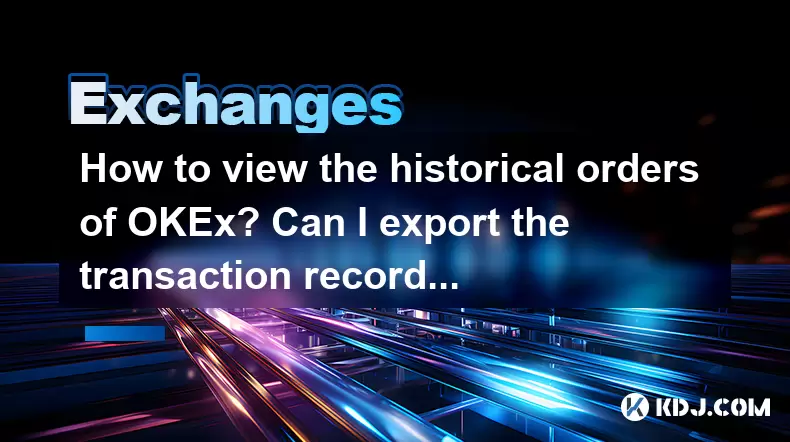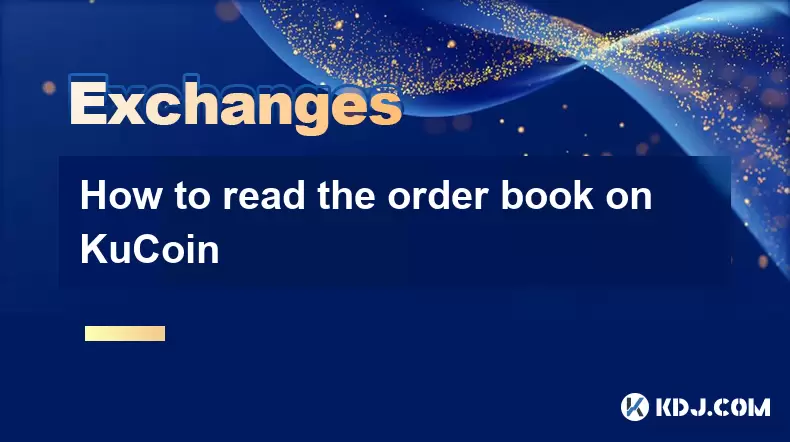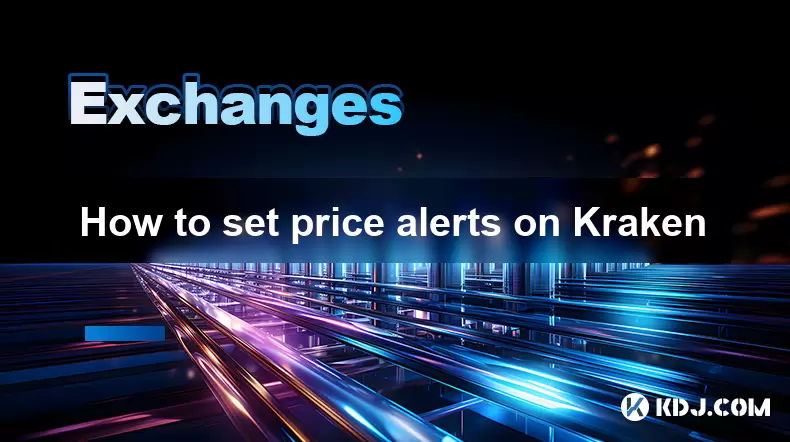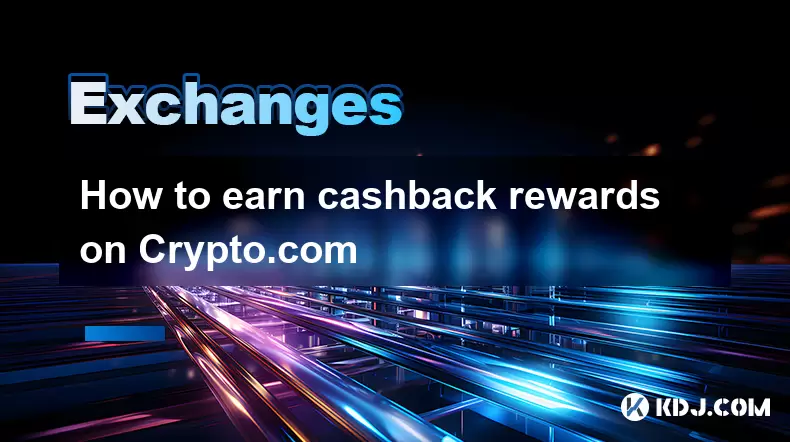-
 Bitcoin
Bitcoin $117600
0.25% -
 Ethereum
Ethereum $4424
0.10% -
 XRP
XRP $3.101
0.50% -
 Tether USDt
Tether USDt $1.001
-0.01% -
 BNB
BNB $836.2
1.26% -
 Solana
Solana $188.8
2.11% -
 USDC
USDC $1.000
0.01% -
 Dogecoin
Dogecoin $0.2301
0.57% -
 TRON
TRON $0.3485
-1.00% -
 Cardano
Cardano $0.9209
-1.34% -
 Hyperliquid
Hyperliquid $46.72
-1.19% -
 Chainlink
Chainlink $22.62
4.84% -
 Stellar
Stellar $0.4275
-0.38% -
 Sui
Sui $3.761
1.91% -
 Bitcoin Cash
Bitcoin Cash $586.7
-0.25% -
 Ethena USDe
Ethena USDe $1.001
0.01% -
 Hedera
Hedera $0.2510
2.06% -
 Avalanche
Avalanche $24.21
2.22% -
 Litecoin
Litecoin $119.7
1.07% -
 Toncoin
Toncoin $3.450
1.06% -
 UNUS SED LEO
UNUS SED LEO $9.411
-0.93% -
 Shiba Inu
Shiba Inu $0.00001298
1.20% -
 Uniswap
Uniswap $10.98
3.25% -
 Polkadot
Polkadot $3.961
2.16% -
 Dai
Dai $1.000
0.00% -
 Bitget Token
Bitget Token $4.642
0.95% -
 Cronos
Cronos $0.1514
0.57% -
 Ethena
Ethena $0.7290
3.78% -
 Monero
Monero $254.1
7.69% -
 Pepe
Pepe $0.00001102
2.47%
How to view the historical orders of OKEx? Can I export the transaction records?
To view historical orders on OKEx, log in, go to 'Trade', select 'Order History', and filter by pair, type, and date. Export transaction records from 'Assets' for analysis.
May 14, 2025 at 12:56 pm

Introduction to OKEx Historical Orders
Understanding your trading history is crucial for any cryptocurrency trader. OKEx, one of the leading cryptocurrency exchanges, provides detailed access to historical orders and transaction records. This article will guide you through the process of viewing your historical orders on OKEx and explain how you can export your transaction records for further analysis or record-keeping.
Accessing Your OKEx Account
To begin, you need to access your OKEx account. Here's how you can do it:
- Open your web browser and navigate to the OKEx website.
- Log in to your OKEx account using your registered email address and password. If you have enabled two-factor authentication (2FA), you will need to enter the code generated by your 2FA app.
- Ensure you are on the main dashboard after logging in. From here, you can access various sections of the platform, including the trading and order history sections.
Navigating to the Order History Section
Once logged in, you can easily find your historical orders. Follow these steps:
- Click on the 'Trade' tab located at the top of the page. This will take you to the trading interface.
- Select 'Order History' from the dropdown menu within the 'Trade' section. This will open a new page where you can view all your past orders.
Viewing Historical Orders on OKEx
In the 'Order History' section, you will see a list of all your past orders. Here's what you need to know:
- Each order is displayed with details such as the order ID, trading pair, type of order (e.g., limit, market), order status (e.g., filled, cancelled), and the timestamp of when the order was placed.
- You can filter orders by using the available options at the top of the page. You can filter by trading pair, order type, and date range to narrow down your search.
- Click on an order to view more detailed information about it, including the price at which it was executed, the quantity, and any fees associated with the order.
Exporting Transaction Records from OKEx
Exporting your transaction records can be useful for tax purposes, personal record-keeping, or for further analysis. Here's how you can export your transaction records from OKEx:
- Navigate to the 'Assets' section by clicking on the 'Assets' tab at the top of the page.
- Select 'Transaction History' from the dropdown menu within the 'Assets' section. This will open a page displaying all your transactions.
- Use the filters at the top of the page to select the type of transactions you want to export, the trading pair, and the date range.
- Click on the 'Export' button located at the top right corner of the transaction history page. A dialog box will appear, allowing you to choose the format of the exported file (e.g., CSV, PDF).
- Select the desired format and click 'Export'. The file will be downloaded to your computer, where you can open it with the appropriate software to view or analyze your transaction records.
Understanding the Exported Transaction Records
The exported file will contain detailed information about each transaction. Here's what you can expect to find:
- Transaction ID: A unique identifier for each transaction.
- Date and Time: The exact date and time when the transaction occurred.
- Type of Transaction: Whether it was a deposit, withdrawal, trade, or another type of transaction.
- Amount and Currency: The amount involved in the transaction and the cryptocurrency or fiat currency used.
- Fees: Any fees associated with the transaction.
Ensuring Data Security and Privacy
When dealing with sensitive financial data, it's important to ensure that your information remains secure. Here are some tips to maintain the security and privacy of your transaction records:
- Use strong passwords and enable two-factor authentication (2FA) on your OKEx account.
- Download transaction records to a secure device and consider encrypting the files for added security.
- Be cautious with sharing your transaction records and only do so with trusted parties.
Frequently Asked Questions
Q: Can I view historical orders from a mobile device?
A: Yes, you can view historical orders from the OKEx mobile app. Simply log in to your account, navigate to the 'Trade' section, and select 'Order History' to see your past orders.
Q: Is there a limit to how far back I can view my historical orders?
A: OKEx retains historical order data for a significant period, typically several years. However, the exact duration may vary, so it's best to check with OKEx support for the most current information.
Q: Can I export transaction records in multiple formats?
A: Yes, OKEx allows you to export transaction records in various formats, including CSV and PDF. You can choose the format that best suits your needs when exporting the data.
Q: How often should I export my transaction records?
A: It's a good practice to export your transaction records regularly, especially if you need them for tax purposes or to keep a detailed record of your trading activities. Monthly or quarterly exports are common practices among traders.
Disclaimer:info@kdj.com
The information provided is not trading advice. kdj.com does not assume any responsibility for any investments made based on the information provided in this article. Cryptocurrencies are highly volatile and it is highly recommended that you invest with caution after thorough research!
If you believe that the content used on this website infringes your copyright, please contact us immediately (info@kdj.com) and we will delete it promptly.
- Kazakhstan's Crypto Leap: Bitcoin ETF and Central Asia's Digital Finance Future
- 2025-08-13 12:45:19
- BlockDAG Presale Blazes Past $371M: Fundraising Frenzy Fuels Crypto Sensation
- 2025-08-13 13:05:21
- Meme Coins: Chasing the 2025 Surge – Which Will Moonshot?
- 2025-08-13 10:25:23
- Bitcoin's Wild Ride: Rally, Pullback, and What's Next
- 2025-08-13 10:25:23
- Bitcoin, Bitmax, and Institutional Demand: A New Era of Crypto Investment
- 2025-08-13 10:45:12
- Solana, ROAM, and Airdrops: What's the Buzz in 2025?
- 2025-08-13 11:35:13
Related knowledge

How to use margin trading on Poloniex
Aug 08,2025 at 09:50am
Understanding Margin Trading on Poloniex

How to read the order book on KuCoin
Aug 10,2025 at 03:21pm
Understanding the Order Book Interface on KuCoinWhen accessing the order book on KuCoin, users are presented with a real-time display of buy and sell ...

How to read the order book on KuCoin
Aug 12,2025 at 02:28am
Understanding the Basics of Staking in CryptocurrencyStaking is a fundamental concept in the world of blockchain and cryptocurrencies, particularly wi...

How to set price alerts on Kraken
Aug 11,2025 at 08:49pm
Understanding Price Alerts on KrakenPrice alerts on Kraken are tools that allow traders to monitor specific cryptocurrency pairs for price movements. ...

How to avoid high gas fees on Uniswap
Aug 13,2025 at 11:35am
Understanding Gas Fees on UniswapGas fees on Uniswap are payments made to Ethereum miners or validators for processing transactions on the blockchain....

How to earn cashback rewards on Crypto.com
Aug 12,2025 at 02:08am
Understanding Cashback Rewards on Crypto.comCashback rewards on Crypto.com are a feature designed to incentivize users to spend using their Crypto.com...

How to use margin trading on Poloniex
Aug 08,2025 at 09:50am
Understanding Margin Trading on Poloniex

How to read the order book on KuCoin
Aug 10,2025 at 03:21pm
Understanding the Order Book Interface on KuCoinWhen accessing the order book on KuCoin, users are presented with a real-time display of buy and sell ...

How to read the order book on KuCoin
Aug 12,2025 at 02:28am
Understanding the Basics of Staking in CryptocurrencyStaking is a fundamental concept in the world of blockchain and cryptocurrencies, particularly wi...

How to set price alerts on Kraken
Aug 11,2025 at 08:49pm
Understanding Price Alerts on KrakenPrice alerts on Kraken are tools that allow traders to monitor specific cryptocurrency pairs for price movements. ...

How to avoid high gas fees on Uniswap
Aug 13,2025 at 11:35am
Understanding Gas Fees on UniswapGas fees on Uniswap are payments made to Ethereum miners or validators for processing transactions on the blockchain....

How to earn cashback rewards on Crypto.com
Aug 12,2025 at 02:08am
Understanding Cashback Rewards on Crypto.comCashback rewards on Crypto.com are a feature designed to incentivize users to spend using their Crypto.com...
See all articles

























































































